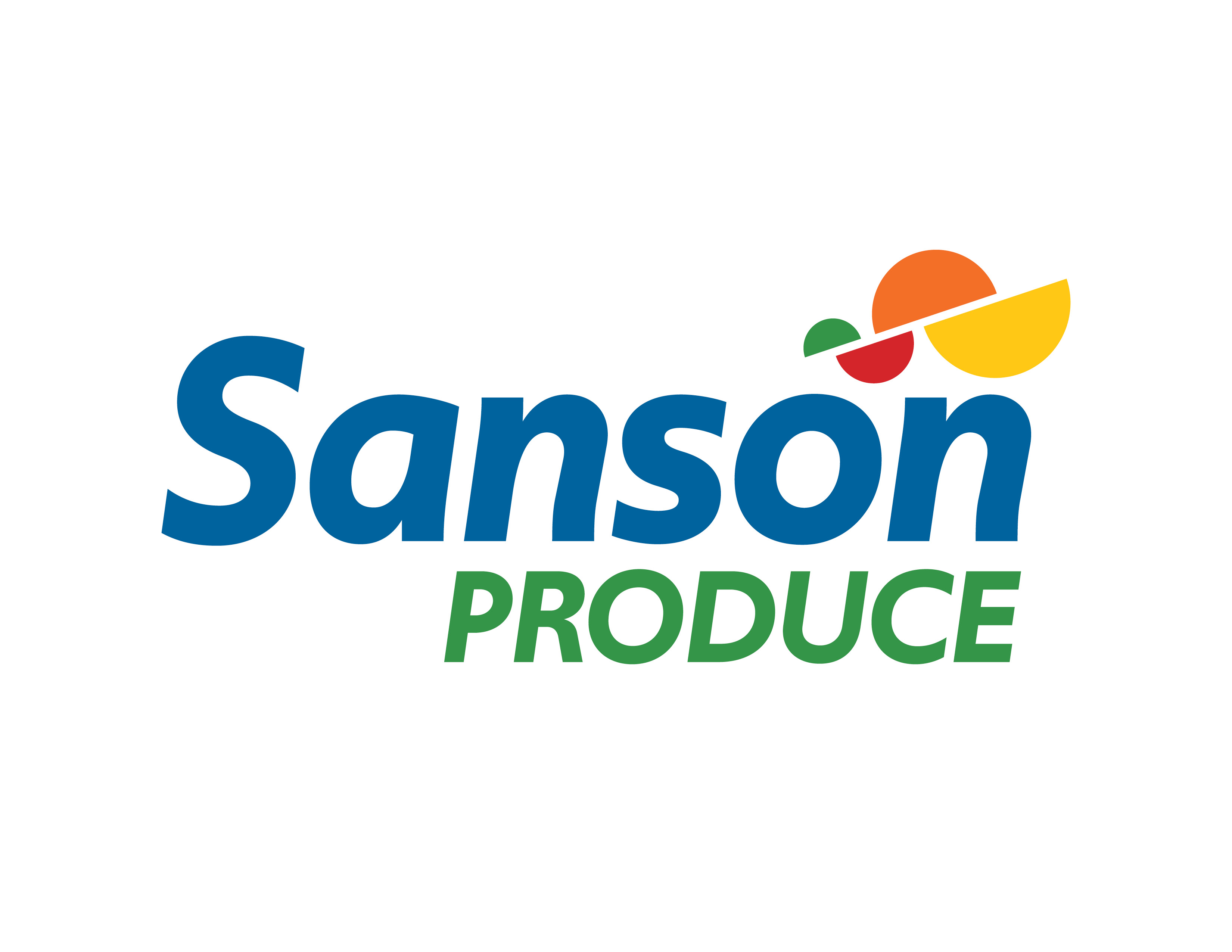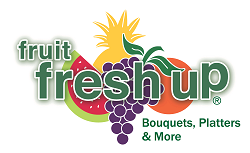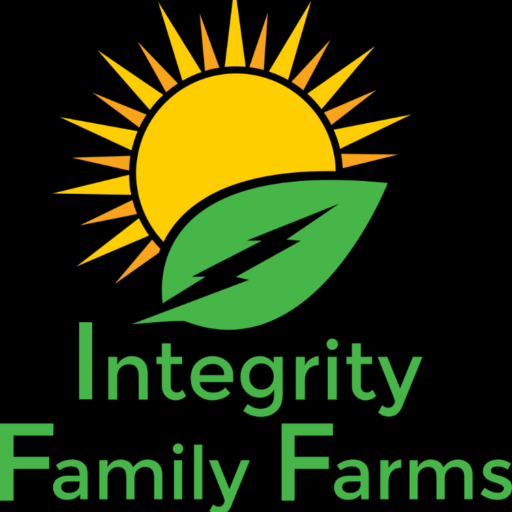Last week the Food and Drug Administration announced an official extension to the enforcement date to the Food Traceability Rule of the Food Safety Modernization Act (FSMA). This follows a March notice about its intent to delay.
Angela Fernandez, senior vice president of market development at GS1 US, sat down with The Packer to discuss what was new in this latest announcement and what the produce industry needs to understand about this 30-month delay.
First, the FDA set a new compliance date for enforcement of July 20, 2028. Secondly, Fernandez says this announcement was as much about formality as it was an update to the industry.
Fernandez says any changes, including the extension of the compliance date, needed to go through the Office of Management and Budget (OMB); once the office signed off on the change, a 30-day comment period opened.
“Any changes to the rule require OMB approval as well as public comment periods,” she says.
While the FSMA 204 rule is open for comments, Fernandez says the FDA has signaled that it does not intend to change any of the requirements.
“Organizations have the opportunity over the next 30 days to comment on the rule,” she says. “As much as the FDA is trying to focus on the additional time needed, is 30 months the right time? Are we looking at this the right way, taking into account the implementation challenges that they have heard from industry and from associations? That’s where they’re looking for comments.”
The FDA made available several resources with this announcement. Fernandez says these include examples for specific items to help an organization understand its responsibility with the Food Traceability Rule. The FDA also updated its FAQs around traceability lot code source.
“The FAQs did call out that the global location number, which is a part of our standard that identifies entities or locations, as being acceptable to be able to support this requirement of the rule,” she says. “They noted that the challenges industry is looking at overcoming with this role is around, of course, the data that has to be shared and the extent of that data and recognizing that everybody runs on different systems and different technologies. There was a call out that common data standards are probably going to have to be embraced.”
Fernandez says, in the FAQs, the agency acknowledged the need for some new standards or agreed upon standards for the industry to be able to use as part of the requirements of FSMA 204.
Fernandez says it’s important that organizations understand the data-sharing components of FSMA 204.
“When they’re calling for digital record-keeping and organizations that have certain requirements depending on their role in the supply chain, it could be a lot of data that they have to store and share, and being able to understand that is absolutely critical,” she says. “So, the fact that they’re recognizing that common data standards are going to have to be used, I think it’s just one step towards helping the food supply chain understand how they might be able to achieve those requirements that are laid out.”
And, as always, Fernandez encourages businesses and organizations impacted by FSMA 204 to not delay the process of preparing for enforcement. While 2028 might seem like a long time, she says it’s important that organizations work toward compliance during these 30 so months.
“This additional time just gives them an opportunity to not de-prioritize items and to sit back and wait,” she says. “I think it is a real mistake, because there’s a lot of changes, that happen with people process technology, irrespective of where you fall today in the food supply chain, and the faster you’re able to identify the enhancements you need to make and test that with your trading partners, then you really have assurance that the extension has served your firm well and making sure that you can meet those requirements.”
And she says many trading partners have expectations of traceability information being shared sooner.
“When you look at the largest retailers that really service our food supply chain, and the guidance they put out to their suppliers, their dates are still there,” she says. “They’re testing or going from pilots into implementation with their trading partners. And would encourage folks to just lean into that and be a part of that. Start those conversations with your trading partners if you haven’t yet.”
Having those conversations within an operation’s own supply chain is also a good use of these 30 months, Fernandez says.
“Now is the time to talk to transform your supply chains and lean into the requirements that are coming of extending and sharing that data that a lot of firms are doing internally today,” she says. “But how do we make that acceptable and translatable to the next trading partner, which is also going to give them visibility into where their product is going and how it’s being how it’s being sold or ingested into food items? If we’re truly sharing information back up the supply chain, this unlocks a potential amount of business benefits for organizations.”



















